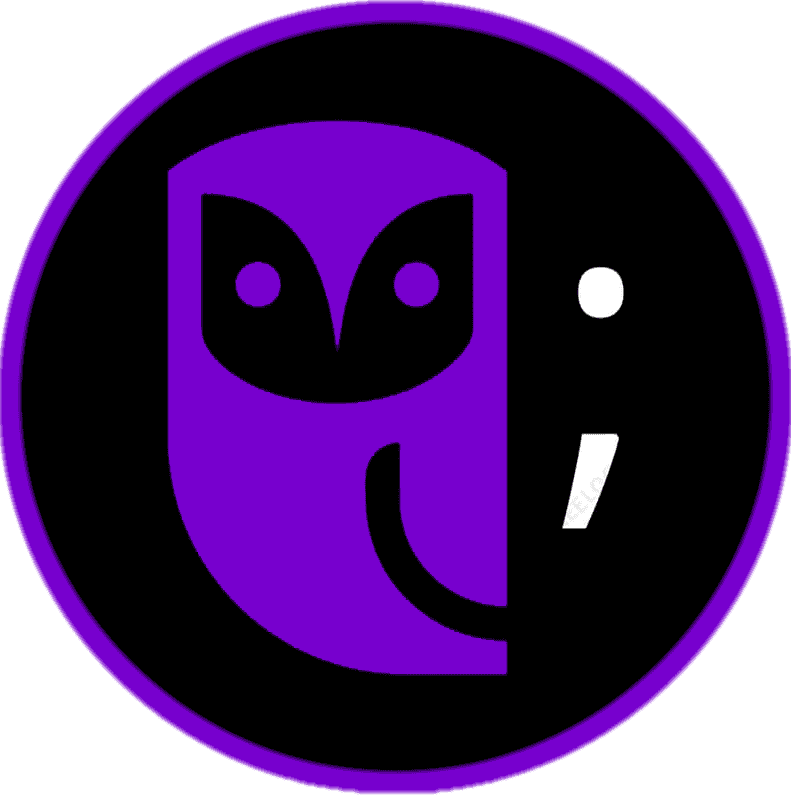Mastering Pseudo-Classes And Pseudo-Elements In CSS
Reading time: 3 minutes
CSS pseudo-classes and pseudo-elements are powerful tools that enable developers to style specific parts of their content in ways that go beyond the limitations of traditional class-based CSS. Understanding and mastering these selectors can greatly enhance the styling capabilities of any web project. Here’s a concise guide to leveraging pseudo-classes and pseudo-elements effectively.
1. What are Pseudo-Classes?
Pseudo-classes are used in CSS to define a special state of an element. They allow developers to apply styles based on user interactions or the element’s position within the DOM. Common examples include :hover for mouse interactions, :focus for elements that have been selected or clicked into, and :checked for form elements like checkboxes and radio buttons.
Another widely used pseudo-class is :nth-child(), which targets elements based on their order in a parent container. This makes it easy to apply alternating row styles in tables or highlight every third item in a list, all without additional classes or JavaScript. When combined with pseudo-elements like ::before and ::after, these selectors offer powerful control over both content and layout styling. If you’re interested in structuring layouts more effectively, check out our comprehensive guide to mastering web layouts with CSS Grid.
Using pseudo-classes improves the interactivity and visual feedback of your UI. They make your stylesheets more declarative and reduce the need for scripting. By understanding how to use them alongside layout tools like Flexbox or CSS Grid, you can build responsive and intuitive web interfaces that adapt seamlessly to user behavior.

2. What are Pseudo-Elements?
Pseudo-elements, on the other hand, allow developers to style specific parts of an element without adding additional markup. Common pseudo-elements like ::before and ::after are used to insert content before or after the actual content of an element. These are especially useful for enhancing visuals—like icons, highlights, or decorative elements—purely through CSS.
Beyond those, there are also pseudo-elements such as ::first-line and ::first-letter, which let you apply unique styles to the beginning of a paragraph or block of text. These can be helpful in improving readability, creating typographic hierarchy, or emphasizing certain parts of content. Pseudo-elements are a powerful tool for front-end developers who want more granular control over how content appears on the page.
When working on modern, dynamic websites, understanding advanced CSS techniques like pseudo-elements goes hand-in-hand with backend integrations. For example, combining clean front-end presentation with robust backend data workflows is key to performance and scalability. If you’re building applications that rely on external services or automation, it’s essential to also master API integration and management to ensure seamless communication between systems.
3. Practical Applications:
– Navigation and Buttons: Use `:hover` and `:active` to enhance interactive elements with visual feedback.
– Custom Checkbox/Radio Buttons: Style `:checked` and `:focus` to create custom, stylish controls without images.
– Decorative Effects: Employ `::before` and `::after` to add decorative icons or embellishments without altering the HTML.
4. Best Practices:
– Combine pseudo-classes and elements with your regular CSS workflow to maintain cleaner HTML.
– Use `::before` and `::after` with the `content` property responsibly, as creating too much content in CSS can lead to accessibility issues.
In conclusion, pseudo-classes and pseudo-elements are indispensable for creating sophisticated and interactive web designs. They provide a depth of styling options that enhance not only the visual appeal but also the usability and accessibility of web applications. Mastery of these tools can set you apart in the field of web development and open up new creative possibilities. Discover how Owltek Solutions utilizes cascading style sheets to enhance website aesthetics and functionality – explore their showcase today!
**This post contains affiliate links, meaning I may earn a small commission if you make a purchase through one of them. Rest assured, I only recommend products I truly love. Your support helps keep my creative business thriving — thank you!**

